In the constant need for cleaning and the occasionally broken handle or clogged pipe, it’s very common many people dread dealing with their toilets. However, one of the most important parts of toilet maintenance is often overlooked: replacing the flapper.
So, you may think about how often to replace toilet flapper. You know it is a good idea to replace the flapper every 3-5 years. That’s because most flappers last about 3-5 years, although some may last longer.
In this article, we will have a deep dive into how toilet flappers go bad, the best toilet flapper for your toilet, and the process of changing it!
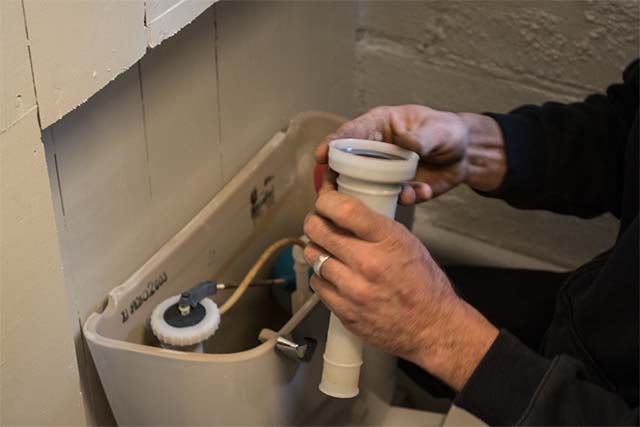
How Do You Know If Your Toilet Needs A New Flapper?
The flapper is a valve that sits on top of the flush valve opening. It lets water into the bowl when you flush, then closes off when you are done flushing. If the flapper gets old or worn out, it can cause problems.
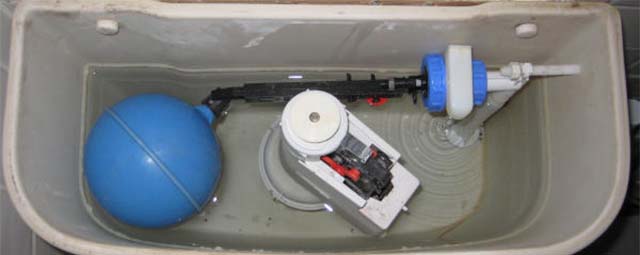
Here are a number of clues that you can use to tell if your toilet needs a new flapper. These are:
Worn out Flapper
The most obvious sign that you need to replace the flapper is when it’s worn and cracked. If you notice any holes or if the rubber is soft, torn, stiff, and brittle, your flapper needs to be replaced. In fact, it will no longer work properly if it’s worn out.
Slow Flush
If your toilet takes longer to flush, it could be the flapper. A slow flush is often caused by a flapper not sealing properly. When the flapper isn’t sealing, water constantly leaks from the tank into the bowl, which causes the bowl to fill up and the toilet to flush slowly.
Very old flapper
If your flapper is five years old or older, it may be time for a replacement!
Flappers can wear out over time and need to be replaced periodically. Suppose you have hard water in your area and don’t clean your toilet regularly. In that case, you may need to replace your flapper more often than those with soft water or who clean their toilets regularly.
If you’re unsure whether your flapper needs to be replaced, it’s always best to be on the safe side and replace it. A new flapper is relatively inexpensive and easy to install, so it’s worth doing if you’re not sure.
What Causes A Toilet Flapper To Go Bad?
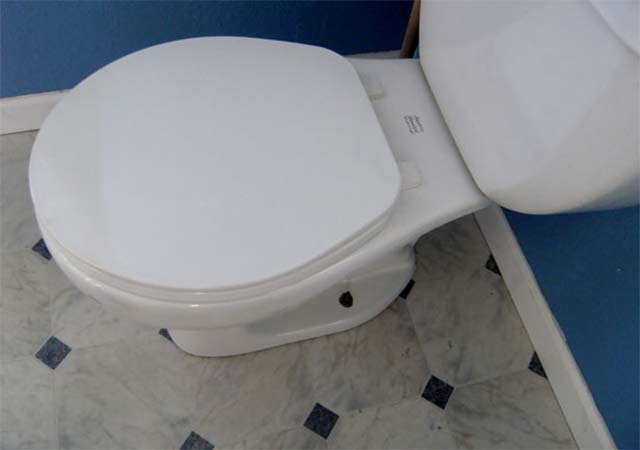
The flapper is a small valve that controls water flow from your tank to your bowl. It opens and closes as you flush, allowing water to pass from the tank into your toilet bowl.
Your toilet flapper is an essential part of your toilet, and it can go bad for a number of reasons. Here are some of the most common causes of a bad toilet flapper:
Age
Over time, your toilet flapper can become worn out and no longer seal properly. This can cause leaks and allow water to escape from your toilet tank, which can waste water and increase your water bill.
Mildew or mold
If you have a leaky toilet, it can create the perfect environment for mildew or mold to grow. This can cause your toilet flapper to deteriorate eventually.
Bacterial growth
Bacteria can also grow in your toilet tank if you do not clean regularly. This can cause your toilet flapper to become warped and no longer seal properly.
Tank cleaners
If you use harsh chemicals to clean your toilet tank, they can also damage your toilet flapper.
Hot water
Hot water can cause your toilet flapper to become brittle and crack.
Are Toilet Flappers Easy To Replace?
If you have a leaky toilet, your toilet flapper likely needs to be replaced. Luckily, toilet flappers are relatively easy to replace, and you can do it yourself in just a few minutes.
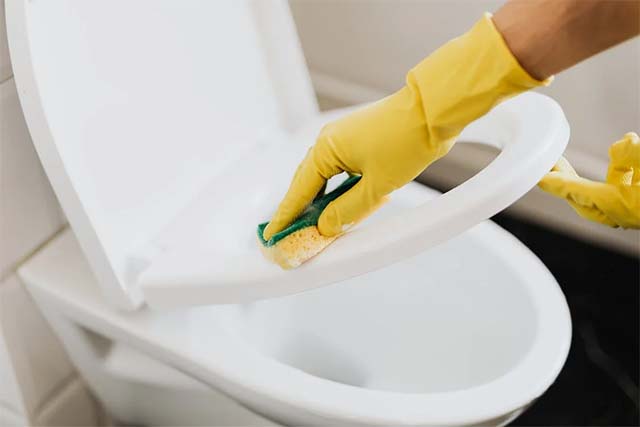
Here are the steps to replacing your toilet flapper:
Step 1: First, you’ll need to turn off the water to your toilet.
Step 2: Then flush the toilet to empty the tank.
Step 3: Next, remove the old flapper from the flush valve. To do this, you’ll need to unclip the attached chain and then lift the flapper out.
Step 4: Now, take your new flapper and place it over the flush valve. Make sure that the rubber seal is in place, and then replace the chain over the flapper. Once you have replaced the flapper, reconnect the chain back in.
Step 5: Finally, turn the water back on and flush the toilet to test the new flapper.
If your toilet is still leaking, the problem may be with the flush valve itself. In this case, you’ll need to replace the flush valve. However, this is a more difficult repair, and you may need to call a plumber if you’re not confident enough to do it yourself.
Also read about: Toilet flappers disintegrating.
What Happens If You Don’t Replace Toilet Flapper?
If your toilet flapper isn’t working properly, it can cause a number of problems in your home. Toilet flappers are an important part of your toilet, and if they aren’t working correctly and if you don’t replace them, the damaged toilet flapper can cause a number of problems. These are:
Your Toilet Won’t Flush Properly
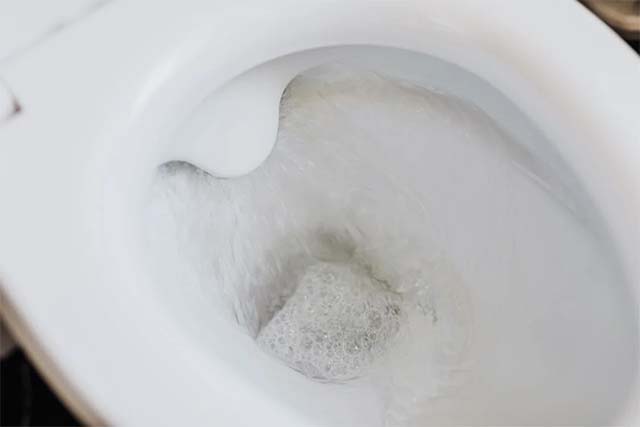
This is the most obvious problem that will occur if your toilet flapper isn’t working. When you flush your toilet, the water will start to fill up the bowl, but it won’t go down properly. This can be extremely frustrating, and it can also lead to some unsanitary conditions in your bathroom.
Reduction Of Water Pressure
Another problem that can occur if your toilet flapper isn’t working is a reduction in water pressure. This is because the flapper is not sealing the tank properly, which causes water to escape before it can build up enough pressure to flush effectively.
Increasing Water Wastage
One of the most serious problems that can occur if your toilet flapper isn’t working is that it will increase the amount of water that is wasted. A leaky flapper can cause your toilet to use twice as much water as it normally would. Not only is this bad for the environment, but it will also increase your water bill.
Fortunately, replacing a flapper is a relatively easy DIY project. You can find replacement flappers at most hardware stores, and the entire process should only take a few minutes.
What Is The Best Flapper For Your Toilet?
If your toilet is constantly running or leaking, it may be time to replace the flapper. Over time, flappers can become brittle and cracked, allowing water to seep through and cause problems.
When shopping for a new flapper, there are a few things to keep in mind. First, you’ll need to know the size of your flush valve. You can usually find it inside the tank, near the bottom. Second, you have to know the type of flapper your toilet has.
There are 3 types of flappers, and which one will you choose depends on the type of toilet you have. These are rubber, seat disk, and Tank ball. Now that you know what to look for when choosing a flapper for your toilet, it is time to choose the best flapper for your needs.
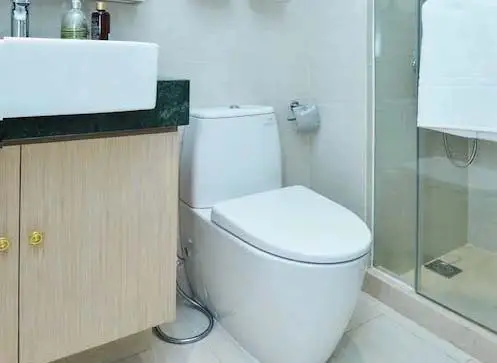
Fluidmaster 400CR 2-Inch Toilet Flapper
If your toilet is constantly running or making noise, it’s time to replace the flapper. The Fluidmaster 400CR 2-Inch Toilet Flapper is an easy-to-install replacement that will fix your running or noisy toilet.
This flapper is made of durable plastic and rubber and features a universal design that fits most toilets. It provides a better seal than other flappers on the market.
Installation is easy, and you can do the installation within minutes. The universal design of the Fluidmaster 400CR 2-Inch Toilet Flapper makes it compatible with most 2-inch flush valves. Plus, the corrosion-resistant materials make it ideal for use in both soft and hard water applications.
Fluidmaster 5403 3-Inch Toilet Flapper
If you’re looking for a toilet flapper that will provide long-lasting durability and a good seal, then the Fluidmaster 5403 3-Inch Toilet Flapper is a perfect choice.
This flapper is designed to fit most toilets with 3-inch flush valves and features a water-saving adjustment. In addition, it comes with a 10-year warranty so that you can be confident in its performance.
It is easy to install and features a strong frame that can withstand years of use. Plus, the silicone seal ensures a tight fit, preventing leaks. And the water-saving adjustment allows you to conserve water without sacrificing performance.
FAQ
How much water does a leaky toilet flapper waste?
A leaky toilet flapper can waste up to 200 gallons of water a day, depending on the extent of the leak. That’s a lot of water! Not to mention, it can also increase your water bill. So, if you have a leaky toilet flapper, it’s important to fix it as soon as possible.
If you’re unsure if your flapper is leaking, you can check it by putting a few drops of food coloring in the tank. If the color appears in the bowl within 15 minutes, you have a leak.
Can you replace flapper without turning off water?
Yes, you can replace the flapper without turning off the water. However, there will be some difficulties with replacing the flapper.
Can you put Vaseline on a toilet flapper?
You can put Vaseline on a toilet flapper, but it’s only a temporary fix for a toilet flapper. The Vaseline will make the flapper softer, but it won’t stop the leaks permanently. You’ll need to replace the flapper eventually.
Conclusion
Toilet flappers are a necessary part of most toilets. They hold the water in the tank until pressure from a person’s use pushes the water down into the bowl. This simple and inexpensive part helps keep toilet bowls clean and running smoothly, but over time, it will wear out and need to be replaced.
According to the above information, I hope now you know how often to replace toilet flapper and when your toilet needs a new flapper.
Also read – Is Toilet Paper Bad For You?
